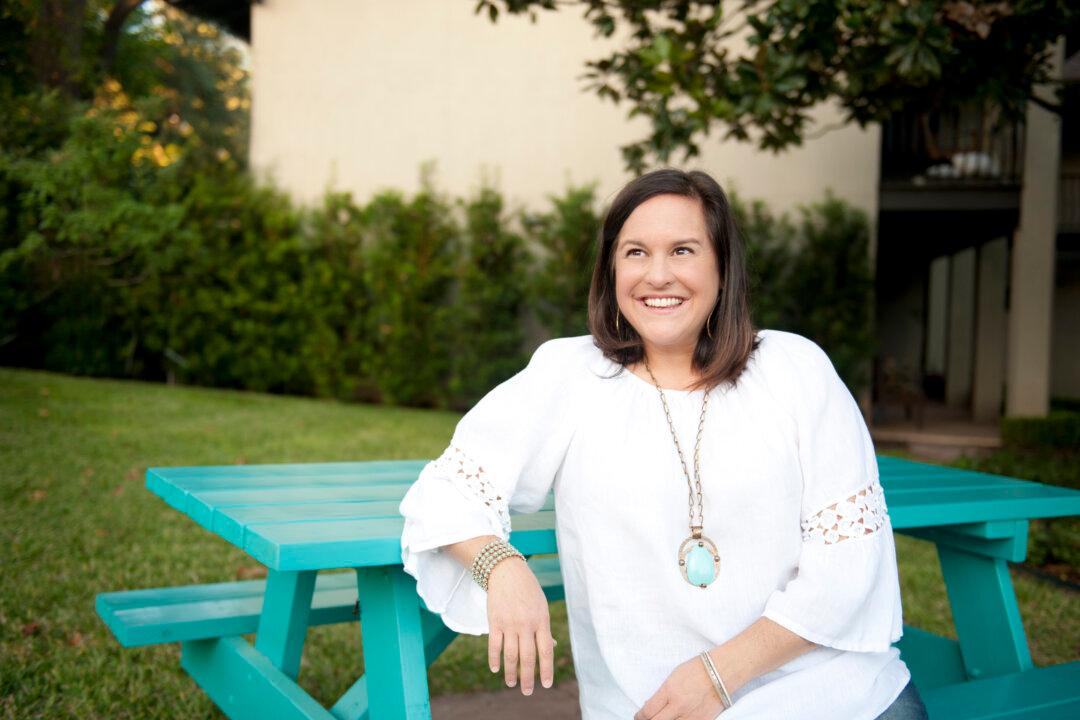Ten years ago, in central Austin, Texas, Kristin Schell painted a picnic table bright turquoise and placed it near the curb in her front yard. Then, she sat down and waited. She felt a bit crazy, but in her heart, she was hoping that by sitting outside so conspicuously, she might meet a few of her neighbors.
Within a few hours, she met a neighbor from around the corner. Within a few weeks, a small group of neighbors was gathering to tell stories. Within months, families were gathering on Friday evenings, and more turquoise tables were popping up around town.





